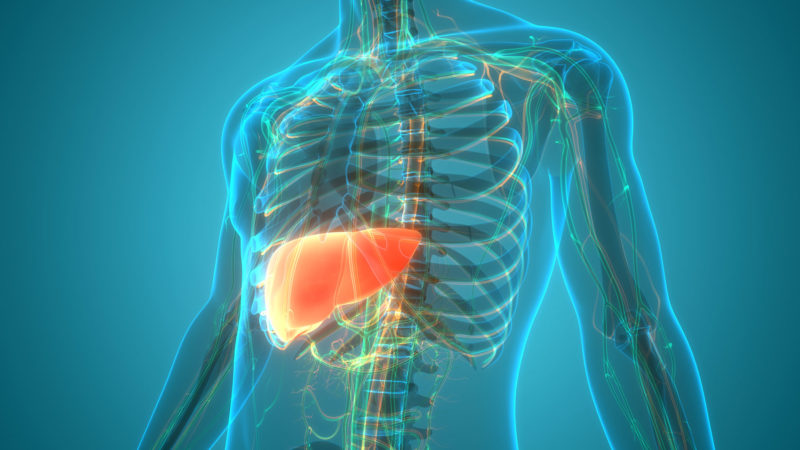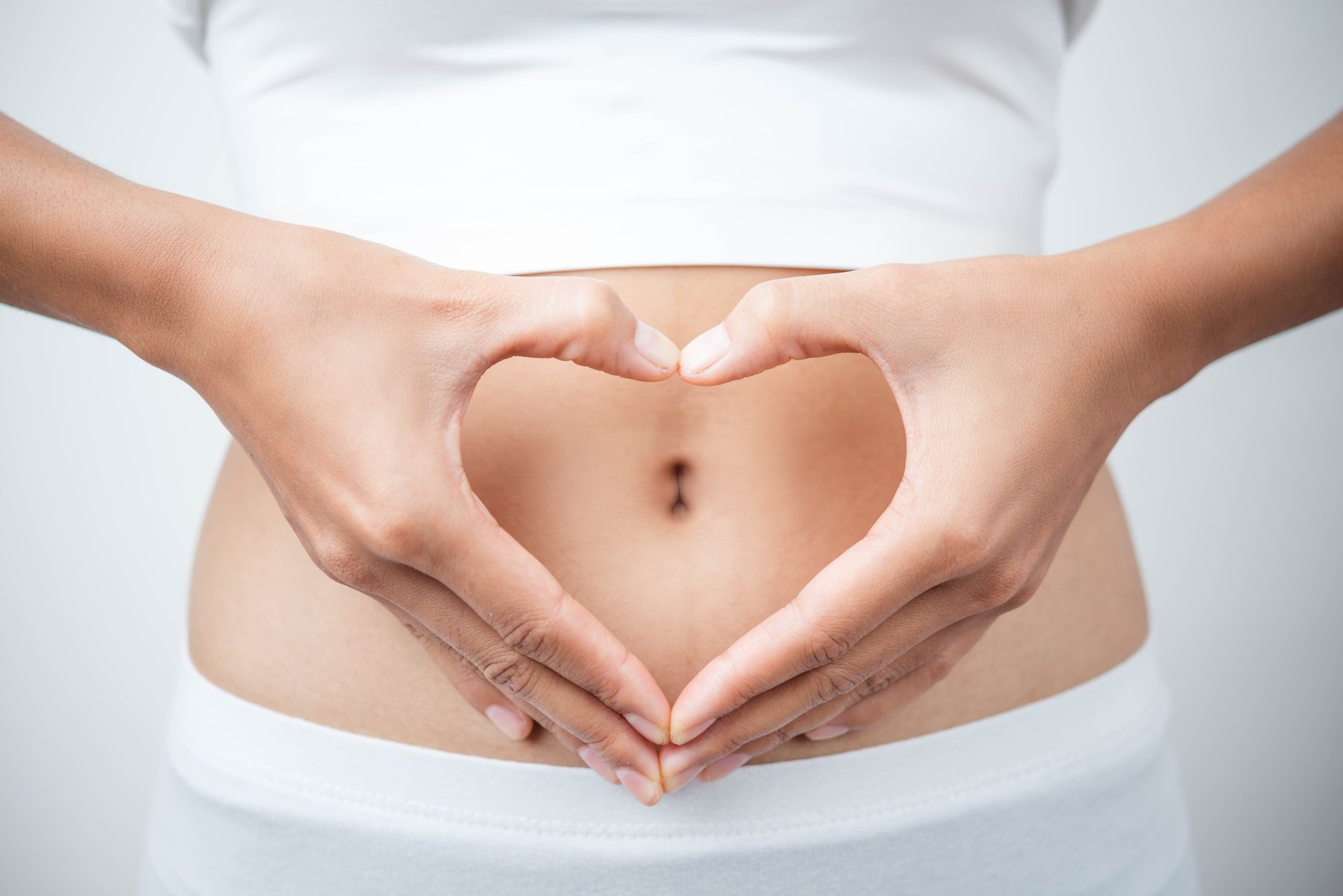You may know that your liver plays an essential role in detoxification—it’s the main organ responsible for breaking down alcohol and also processes all the blood leaving the stomach and intestines—but that’s just the beginning. The liver has more than 500 vital functions, one of which is to convert excess glucose in the bloodstream into glycogen, a form of energy that your body can store for later use. Your liver also plays a role in metabolizing many major nutrients from the foods you consume. And it can burn or make fat.
An increasingly common condition called fatty liver can interfere with all of these crucial functions. Left unchecked, fatty liver has the potential to cause inflammation and scarring (fibrosis) and even lead to liver cancer.
What is fatty liver?
In simplest terms, fatty liver is what it sounds like: a buildup of fat in the liver to the point where 5–10% of the total weight of the organ is fat.
Officially called non-alcoholic fatty liver disease (NAFLD), fatty liver has two subtypes: non-alcoholic fatty liver (NAFL) and non-alcoholic steatohepatitis (NASH). Both mean that you have too much fat in the liver, but people with NASH have inflammation along with the fat buildup, which can cause scarring on the liver and raise the risk of liver cancer.
NAFL is also problematic. You might not realize you have it because it doesn’t often cause noticeable symptoms.
Years ago, fatty liver mainly occurred in people who were heavy drinkers. (When the body processes alcohol over the years, it can change the liver’s metabolic profile to become fat-storing rather than a fat-oxidizing organ.)
NAFL is the most common cause of liver disease worldwide and affects a much broader population. An estimated 25% of people worldwidehave fatty liver, including as many as 12% of US children.
Research has shown that about 56% of people with Type 2 diabetes develop fatty liver, as do 50-90% of people who are obese according to their body mass index (BMI). But you don’t have to have diabetes or be overweight to develop this condition. People living with insulin resistance, metabolic syndrome, or abnormal levels of blood lipids (cholesterol or triglycerides) are at greater risk as well.
How insulin resistance impacts the liver
In metabolically healthy people, increased insulin levels in the blood prompt the liver to take up more glucose and convert that sugar into glycogen. At that time, the liver also stores some glucose as fat. If blood glucose levels fall too low or the body needs extra energy to perform bodily functions, glycogen gets turned back into glucose and released.
However, if you develop insulin resistance, your body doesn’t respond appropriately to insulin; chances are, your liver is also insulin resistant. However, the liver develops selective insulin resistance–only some processes become insulin resistant. When this happens, increased insulin won’t trigger the liver to remove glucose from the bloodstream and store it as glycogen–this process has become resistant to insulin’s glucose-lowering effect. Instead, the liver may break down glycogen and release it as glucose, even when blood sugar levels are normal or high. That, of course, further increases glucose and insulin levels in the bloodstream.
Meanwhile, the elevated plasma insulin levels in insulin resistance stimulate the liver to make fat–this effect remains responsive to the elevated insulin. Combined with fats released from insulin-resistant fat cells, the liver rapidly accumulates fat. Some are also released into the blood. When too much fat remains in the liver, you eventually end up with fatty liver.
The fat that goes into the bloodstream is also harmful. When the liver produces fat, the kind it makes is often palmitic acid. This saturated fat increases inflammation in the blood vessels and damages them, increasing the risk of cardiovascular events, including heart attacks and strokes. It also worsens insulin resistance in other parts of your body.
How to avoid fatty liver
Everything you do to improve your metabolic health—such as eating primarily unprocessed foods and getting regular physical activity—can help reduce the odds of developing fatty liver. Limiting your consumption of fructose is also crucial.
Very few tissues in the body can use fructose, so the liver is primarily responsible for metabolizing it. While the liver can handle a small amount of fructose, consuming too much overloads the liver, which starts to convert fructose into fat.
Moderate consumption of whole fruit isn’t a concern because fruit has antioxidants to support metabolic health and fiber, which slows digestion and causes a more gradual blood glucose response. But fruit juice is another story.
Research has demonstrated that consuming large amounts of drinks loaded with fructose or sucrose (such as fruit juice, beverages sweetened with high fructose corn syrup, or soda) leads to an increase in fat levels. So it’s best to avoid too much of any sugar. However, some studies suggest that where you store this fat depends on the type of sugar you consume. Drinking high amounts of glucose-sweetened beverages appears to prompt storage of fat in the subcutaneous layer just beneath the skin. But when you consume a lot of fructose, it gets deposited in the deep visceral organs (mainly in the liver).
Visceral fat is the most dangerous kind; it’s associated with an increased risk of many metabolic problems, including insulin resistance, Type 2 diabetes, high triglycerides, and high levels of inflammation.
Can fatty liver be cured?
The good news is that fatty liver is reversible. If you suspect you have it or if blood tests reveal that your liver enzymes are high, cut out fructose and limit or eliminate alcohol, which also prompts the liver to store fat.
Then consider adopting a low-carb diet, at least for a few weeks. One study shows that people who cut carbs and eat more protein may reduce the amount of fat in their liver by nearly half in just two weeks.
You may also need to exercise more and lose weight if you’re overweight or obese. Exercise increases fat burning, decreases the production of fatty acids, and prevents liver damage at the cellular level.
Levels advisor Benjamin Bikman, PhD, is the author of Why We Get Sick. A scientist and professor at Brigham Young University, he studies the role of elevated insulin in obesity and diabetes.








